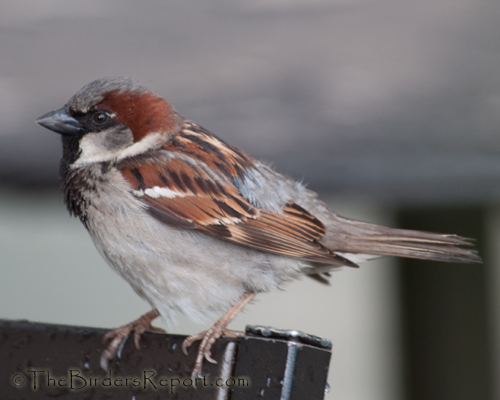 House Sparrow Male all photos by Larry Jordan
House Sparrow Male all photos by Larry Jordan
I decided to take a walk around Mary Lake after work the other day because I had gotten word of a Phainopepla, Virginia Rail and Belted Kingfisher seen there recently as well as Hooded Oriole, Nuttall’s Woodpecker and Western Tanager, among other species. I did get a good look at a Nuttall’s Woodpecker as well as twenty other species in an hour walk around the lake.
I began my walk seeing one of our non-native birds, the House Sparrow. Being the Shasta County Coordinator for the California Bluebird Recovery Program, I don’t care for House Sparrows, this bird being a non-native bird that displaces bluebirds by taking over their nesting sites (see my post on The Insidious Invaders). But the walk got better as soon as I turned the corner and saw this Green Heron standing on a stump. He wasn’t close enough to get a good picture but I managed a decent shot of him “fluffing up” after Preening. [continue reading…]

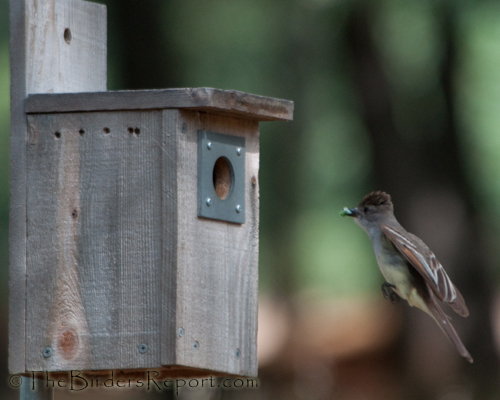 Ash-throated Flycatcher Feeding Young In A Nest Box photos by Larry Jordan
Ash-throated Flycatcher Feeding Young In A Nest Box photos by Larry Jordan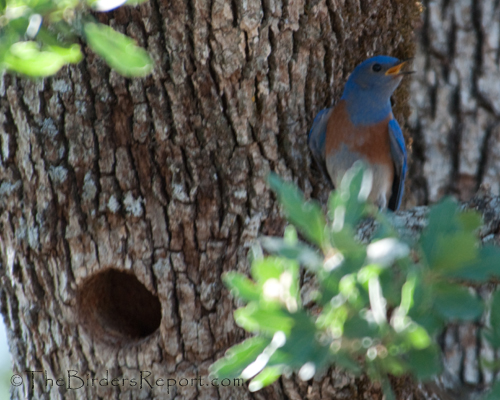 Western Bluebird At Tree Cavity Entrance photos by Larry Jordan
Western Bluebird At Tree Cavity Entrance photos by Larry Jordan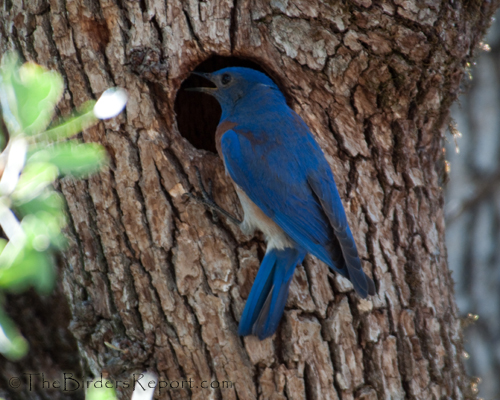
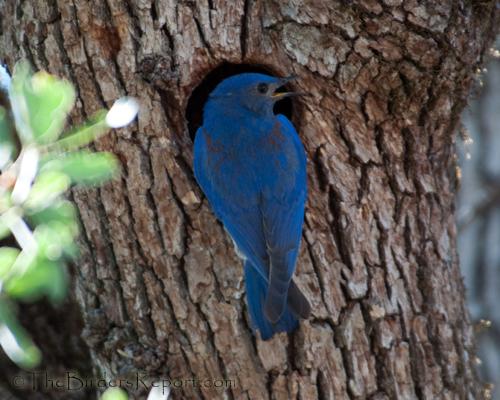
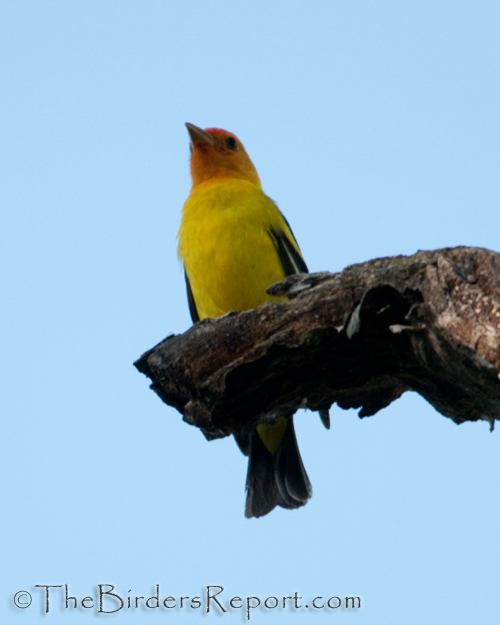
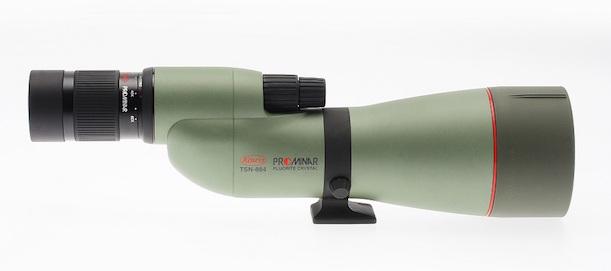


Social Media Connect